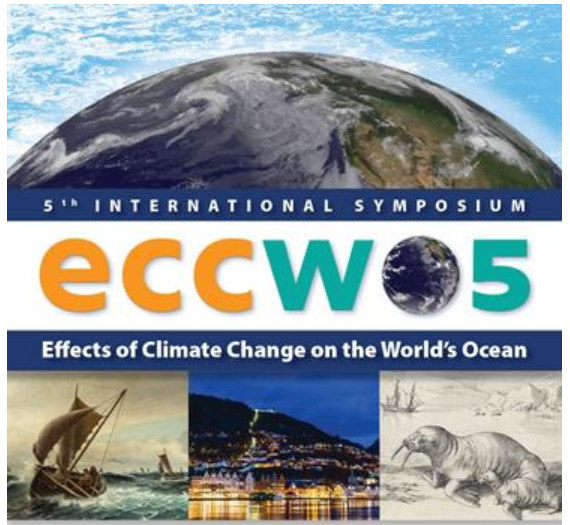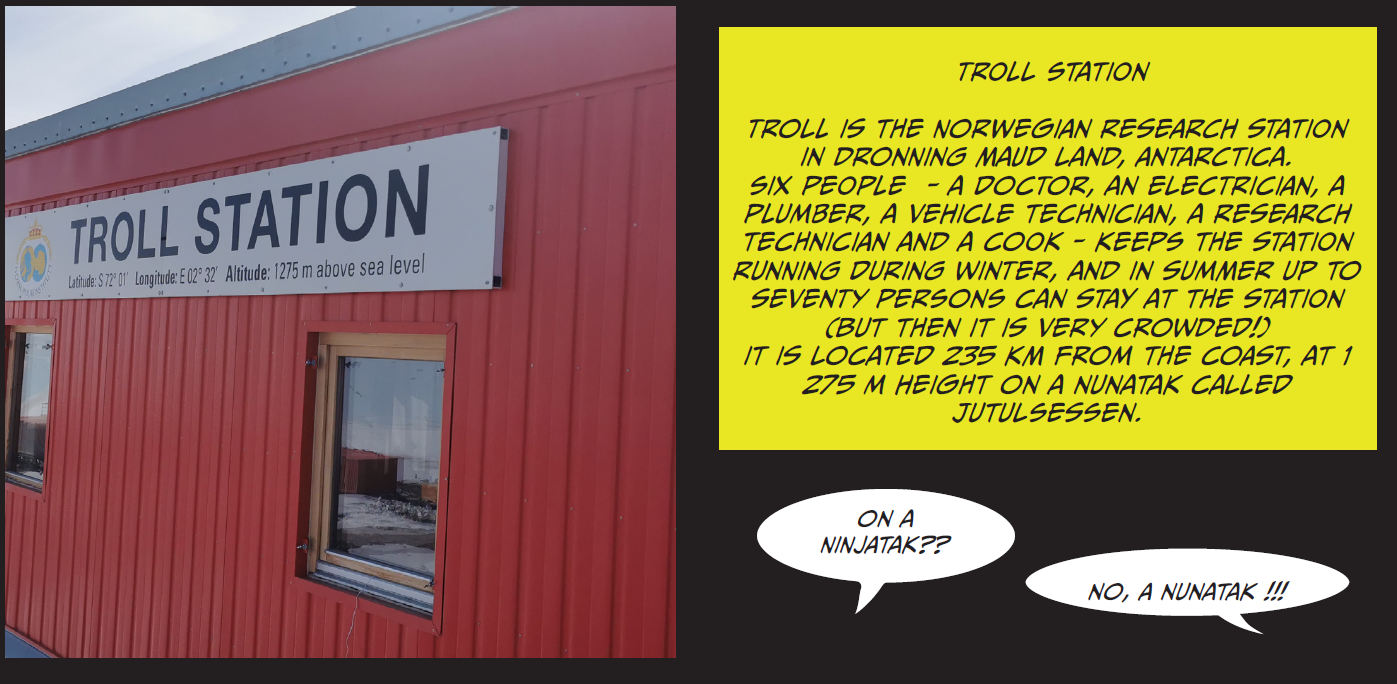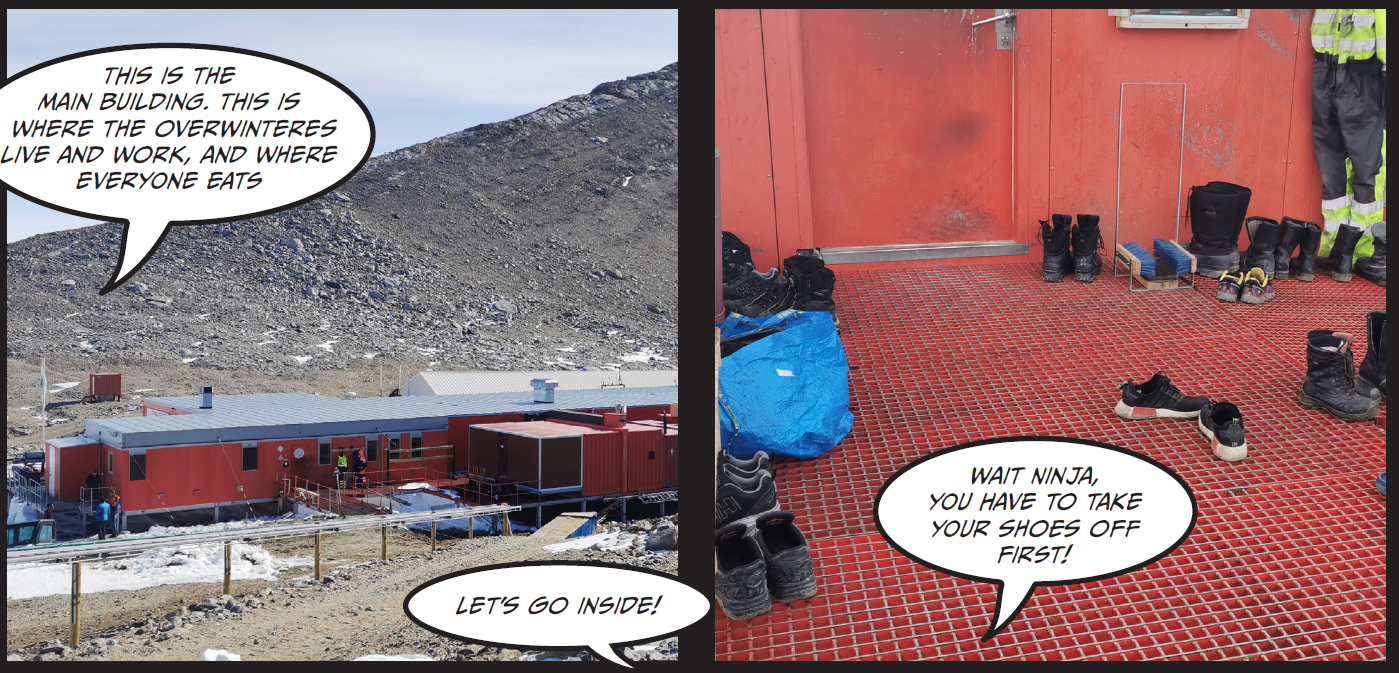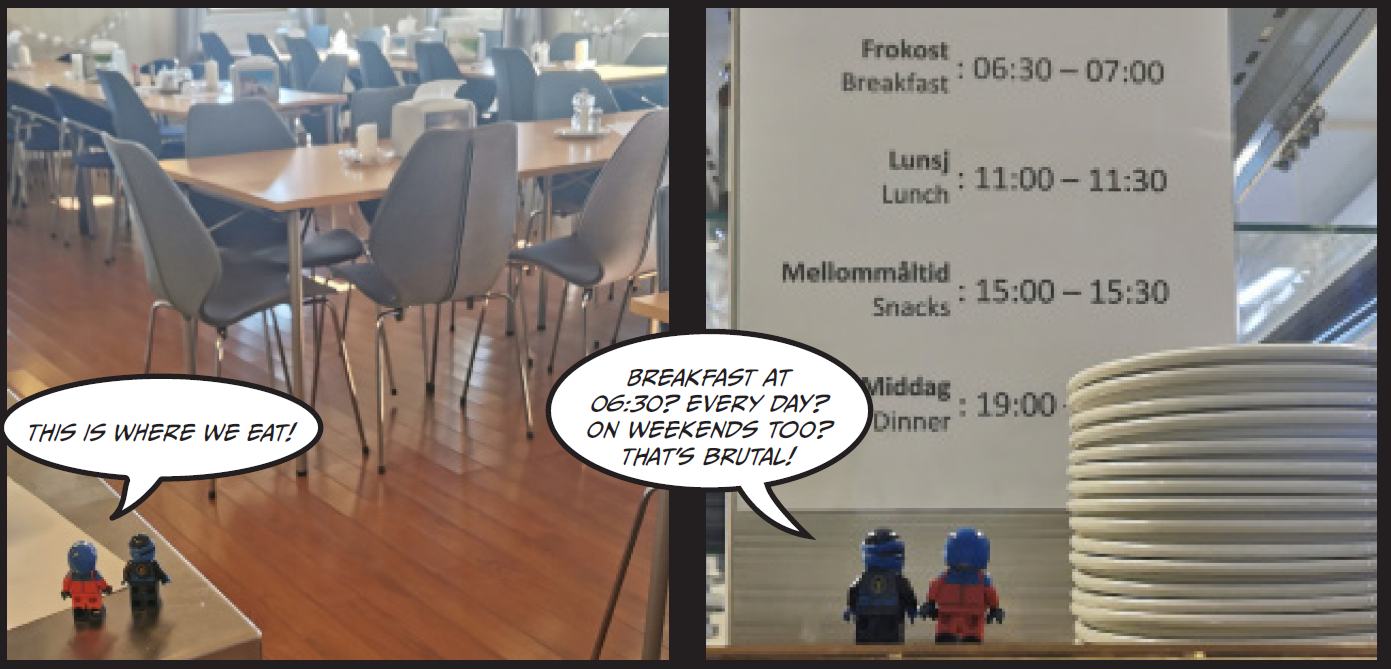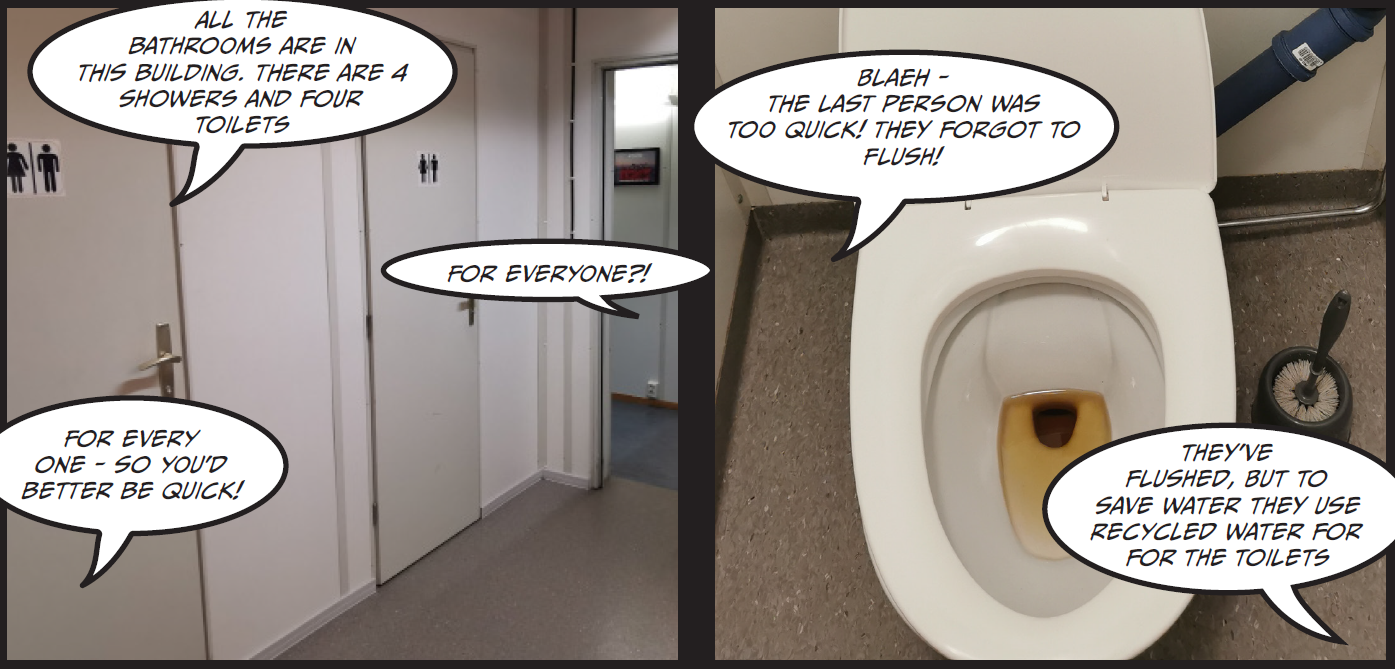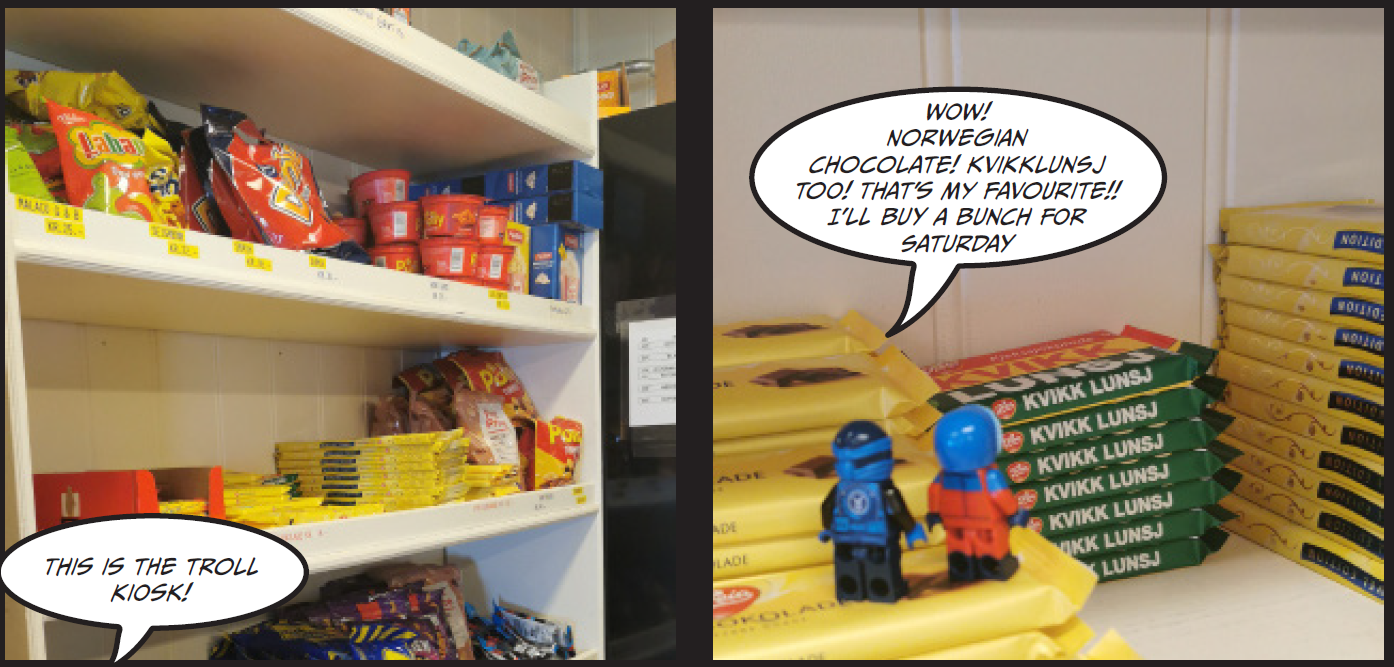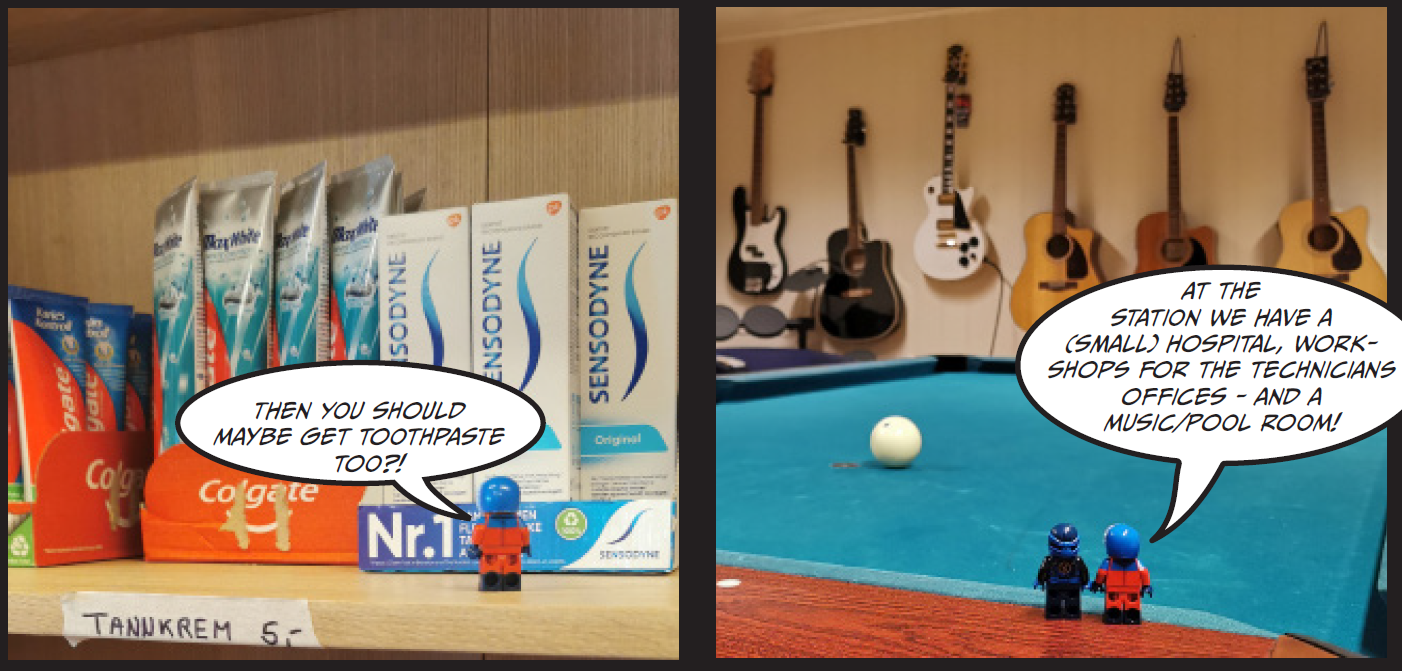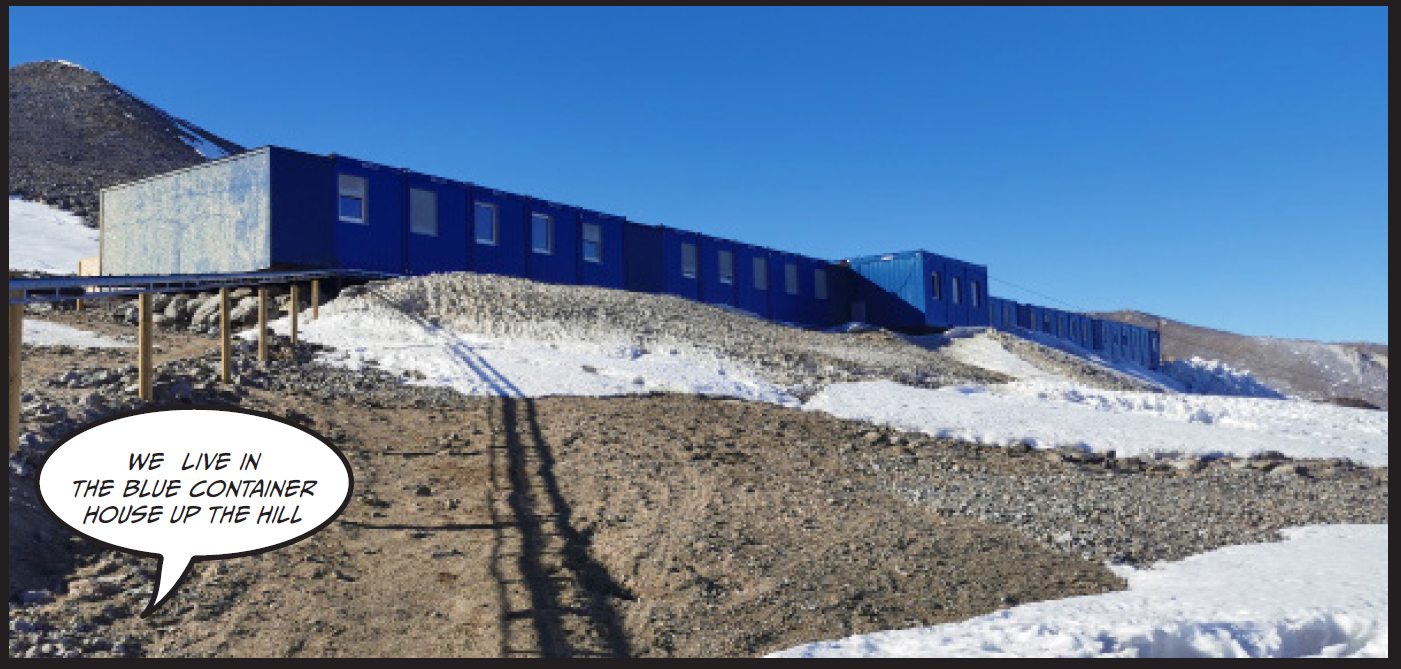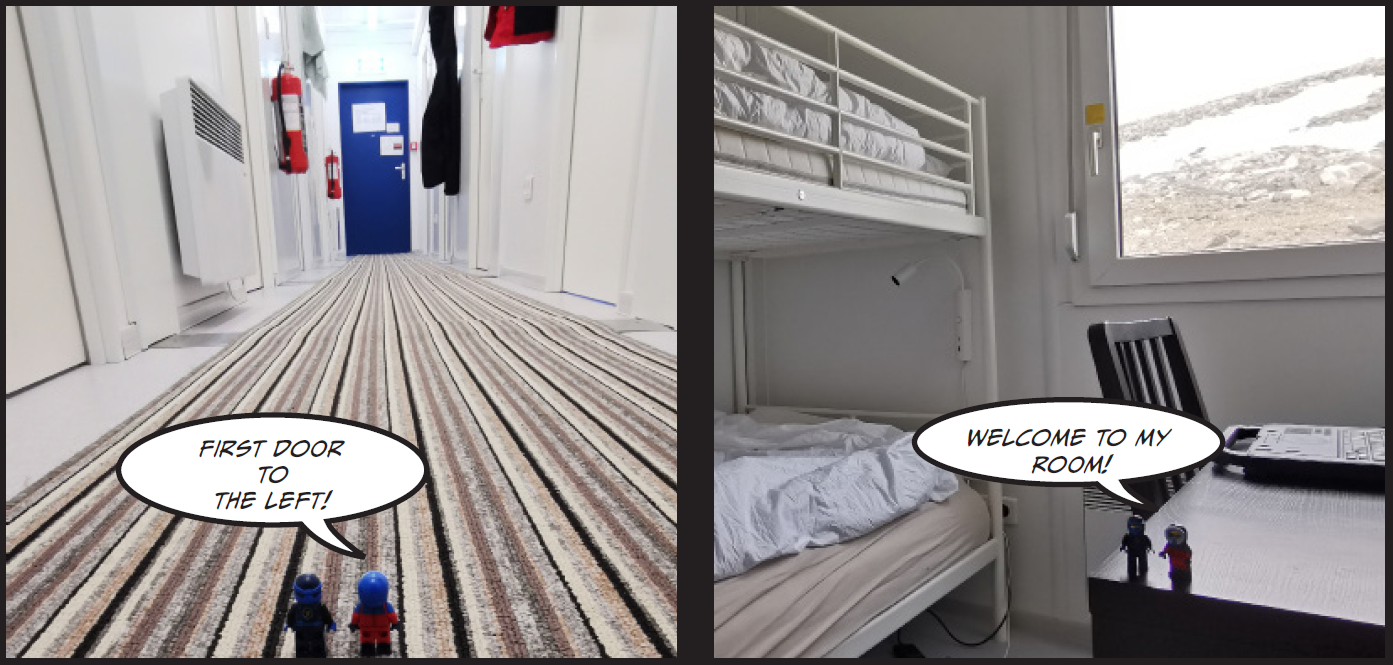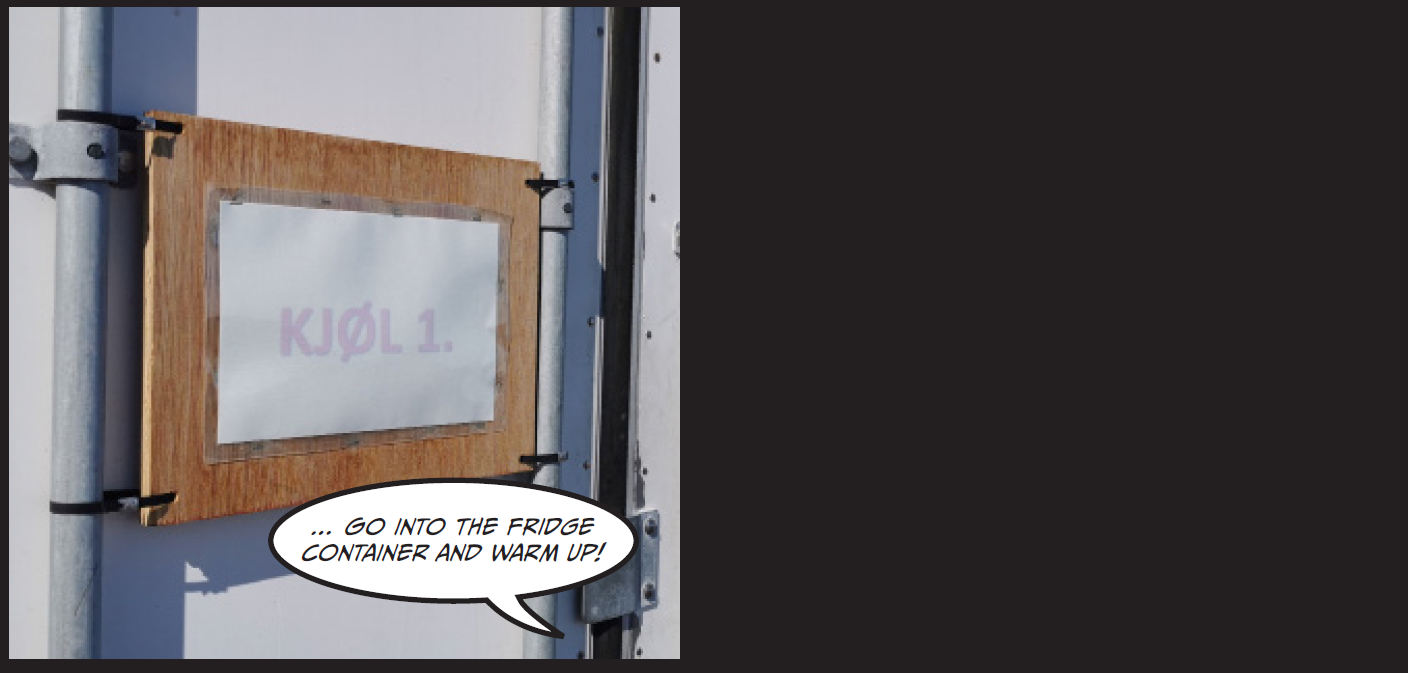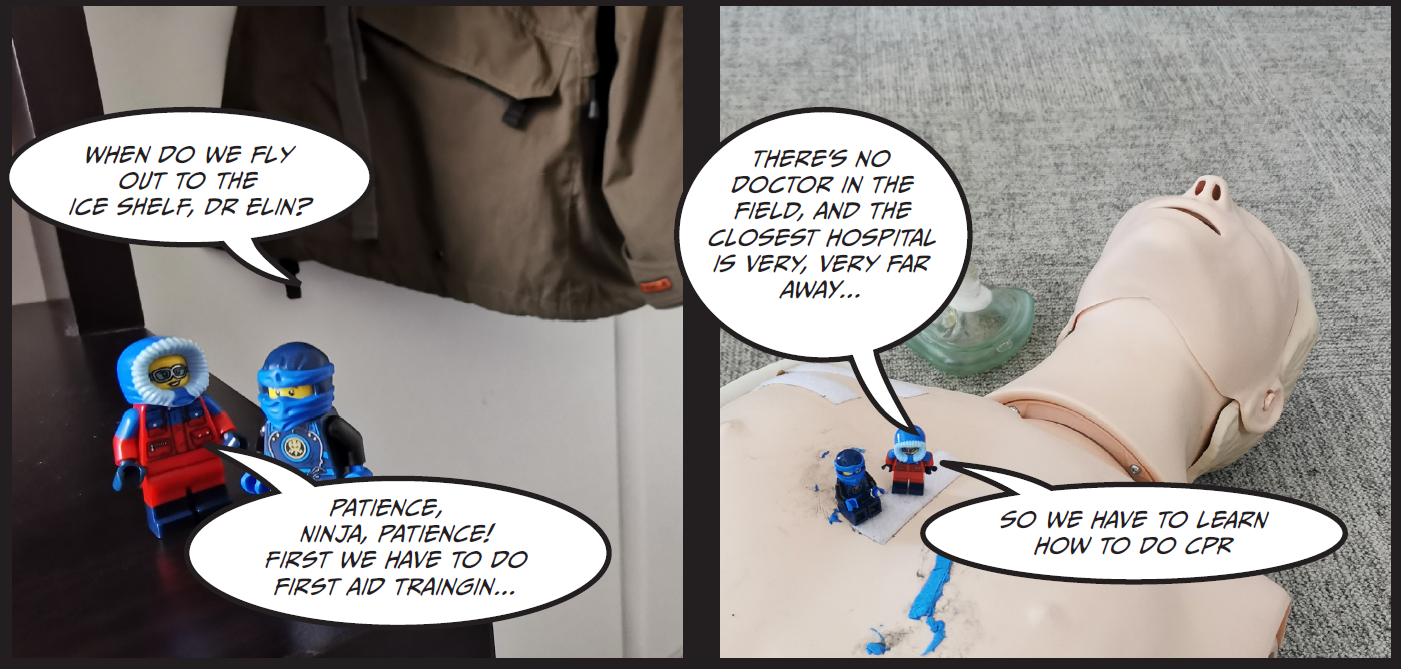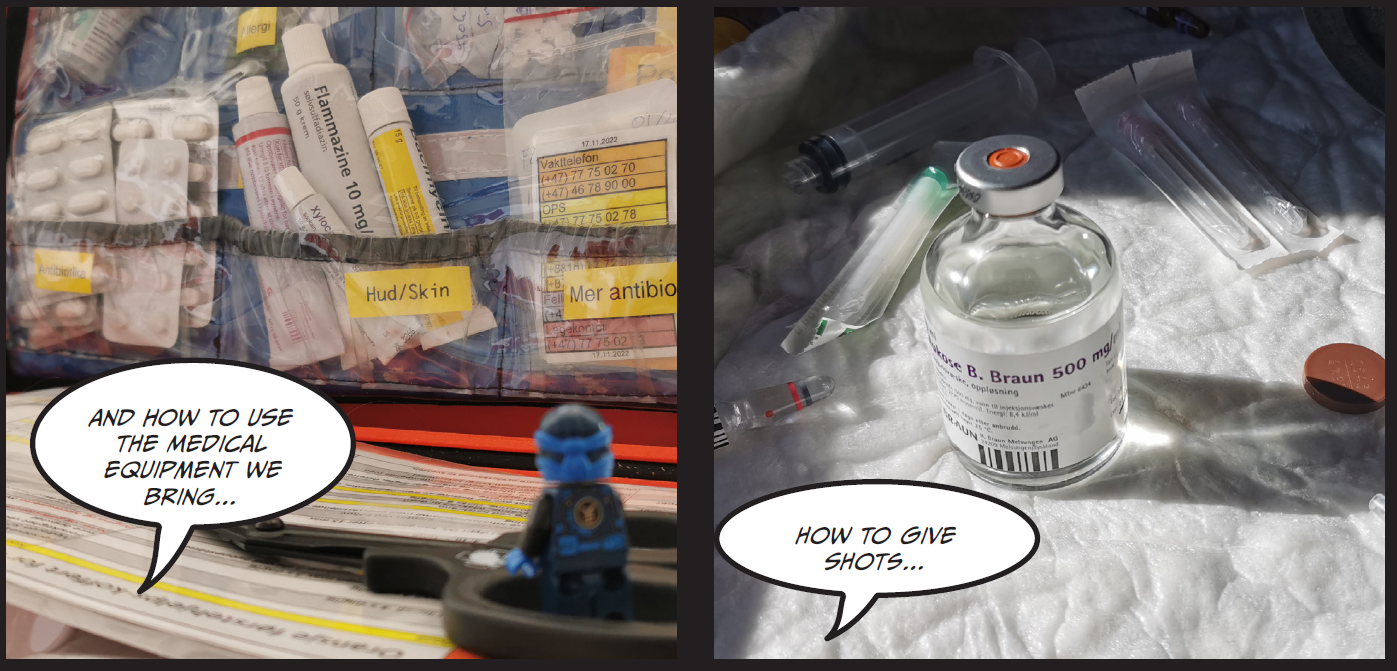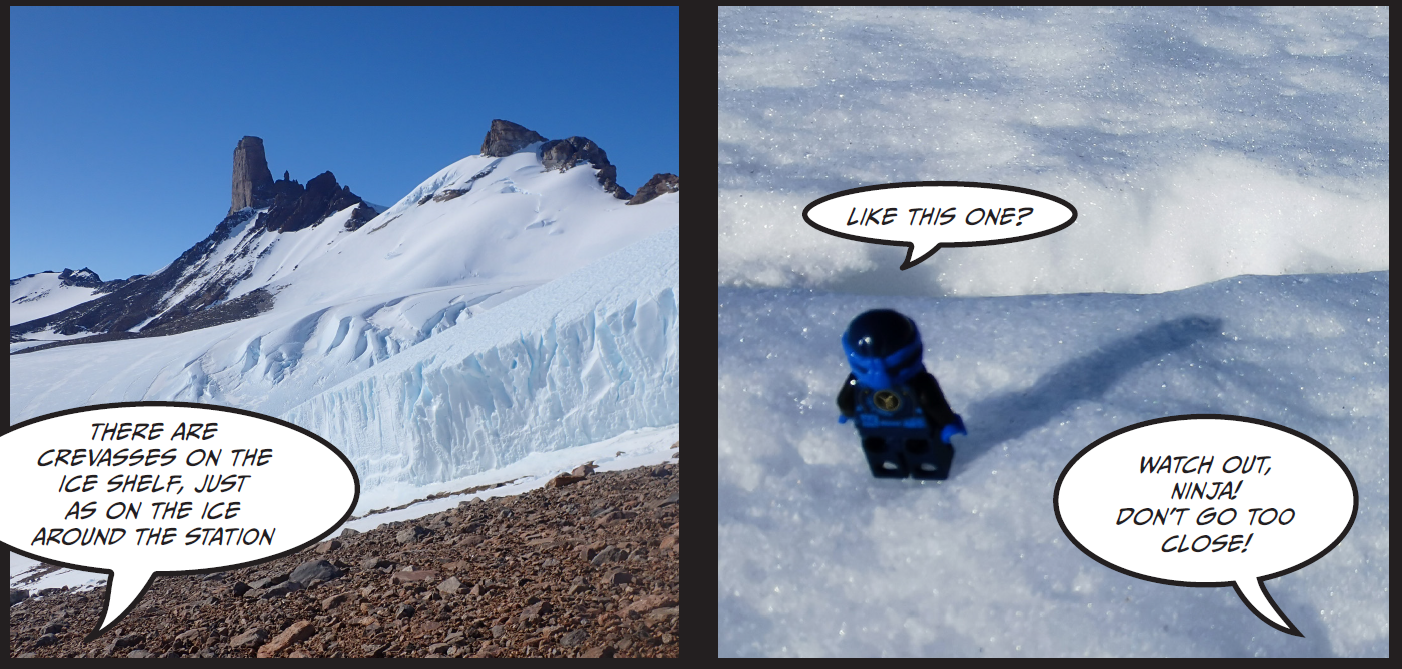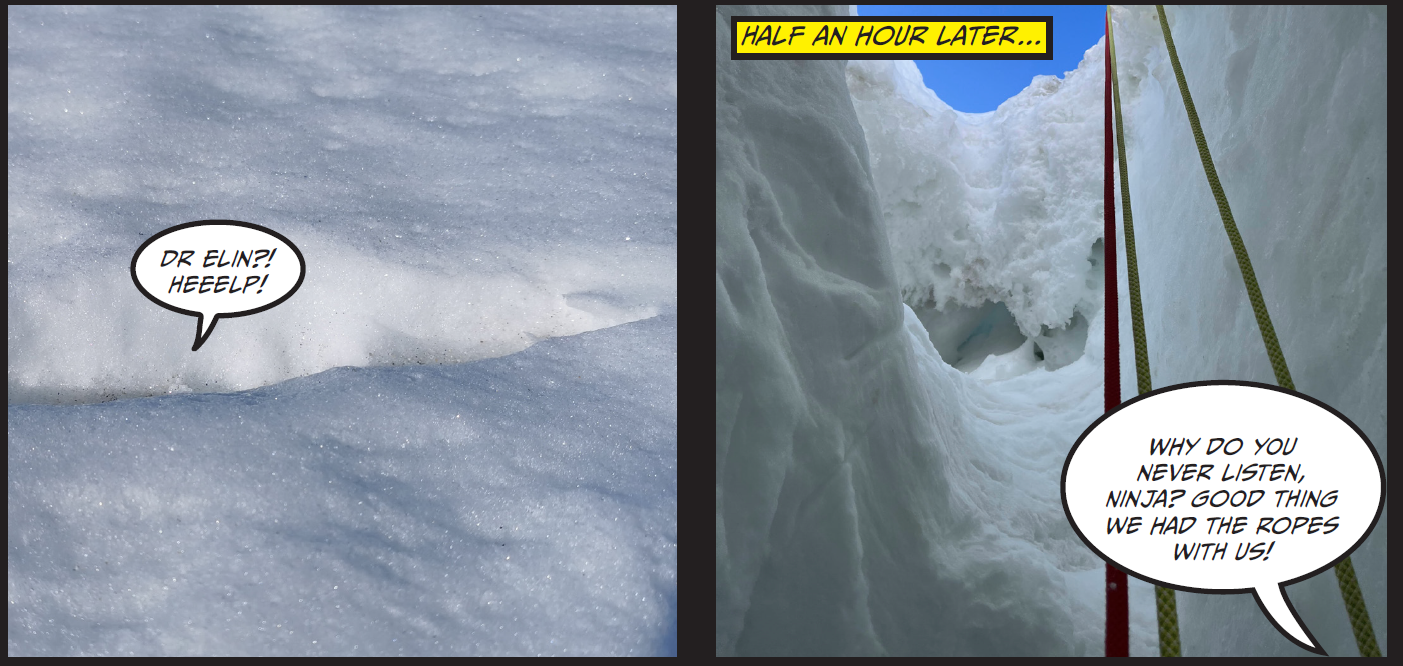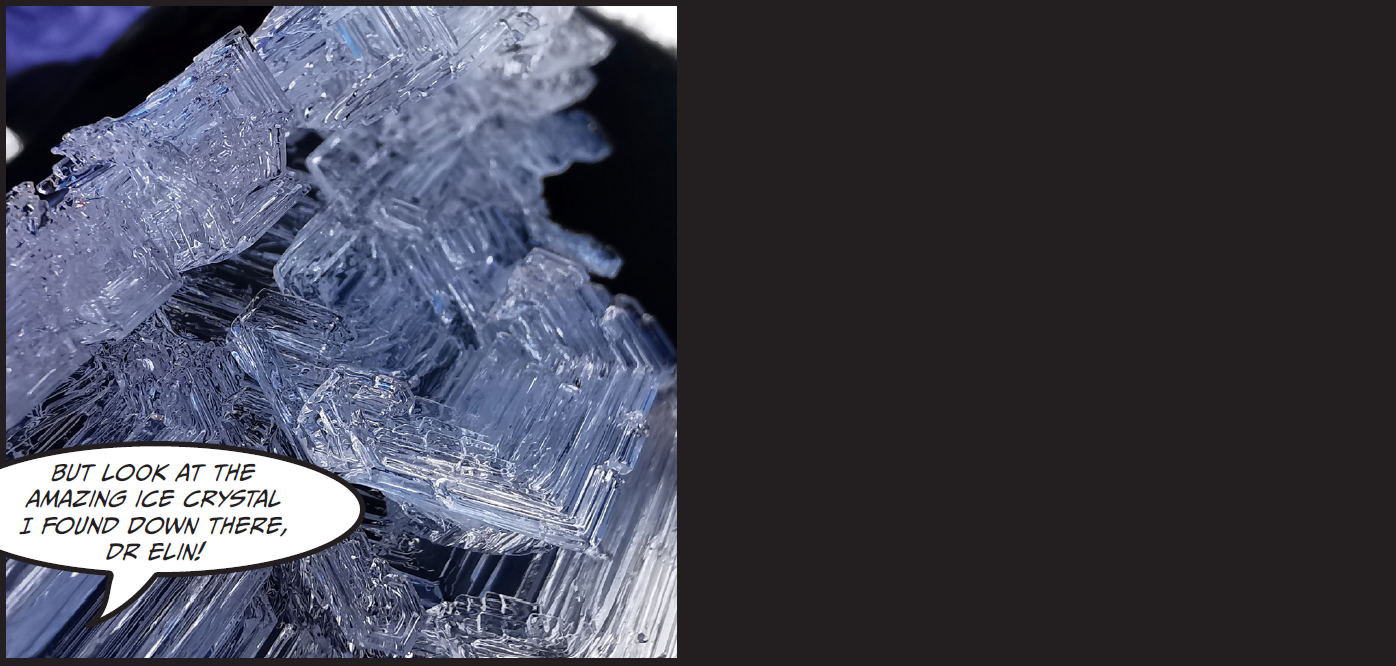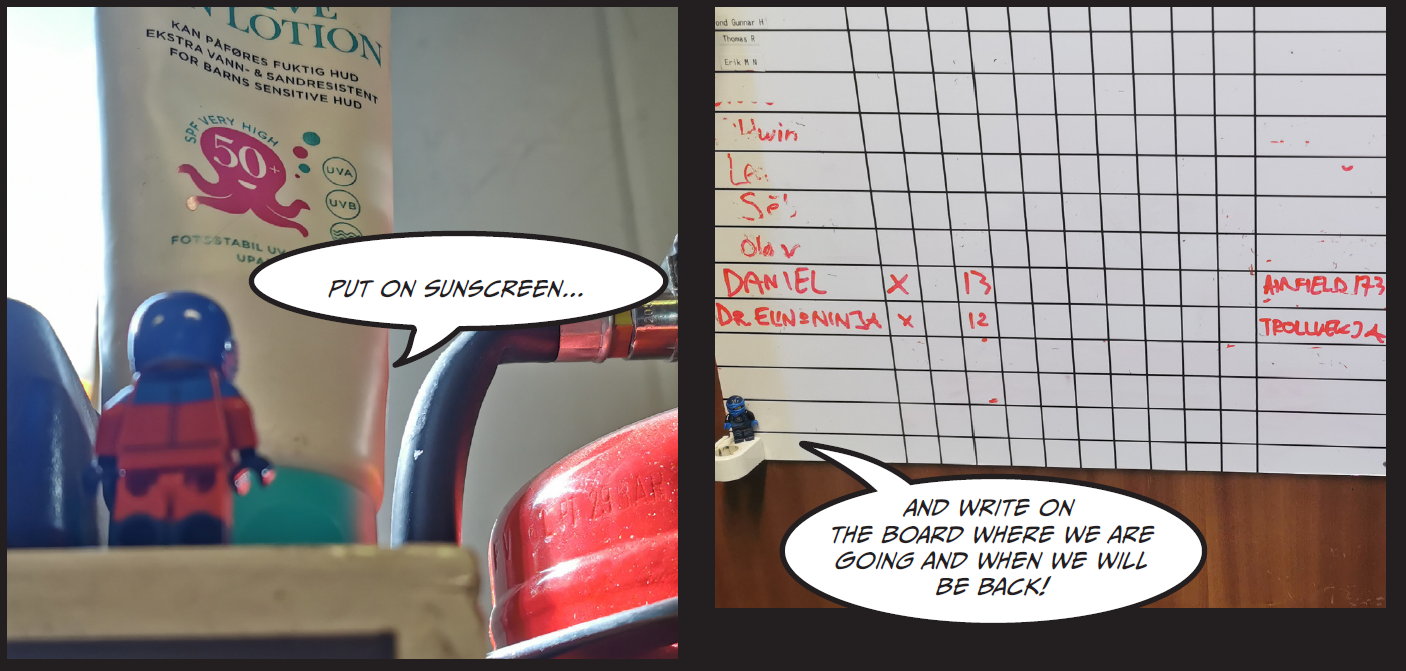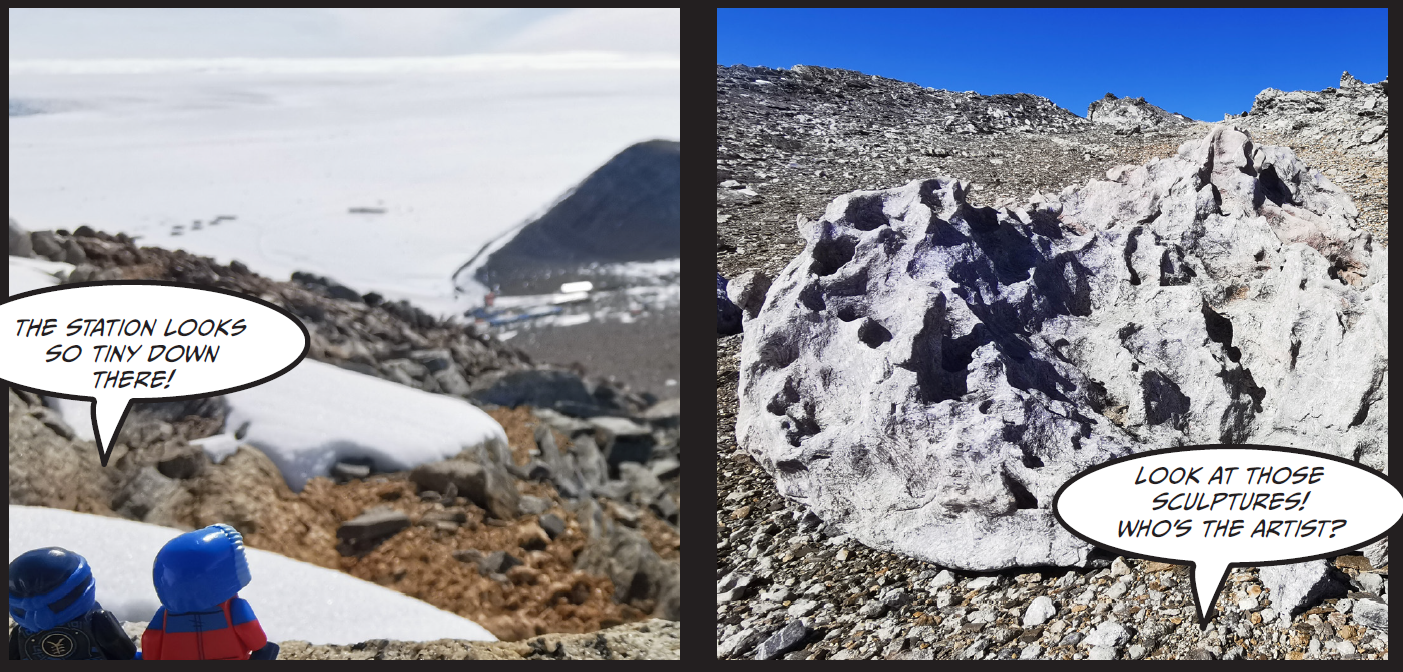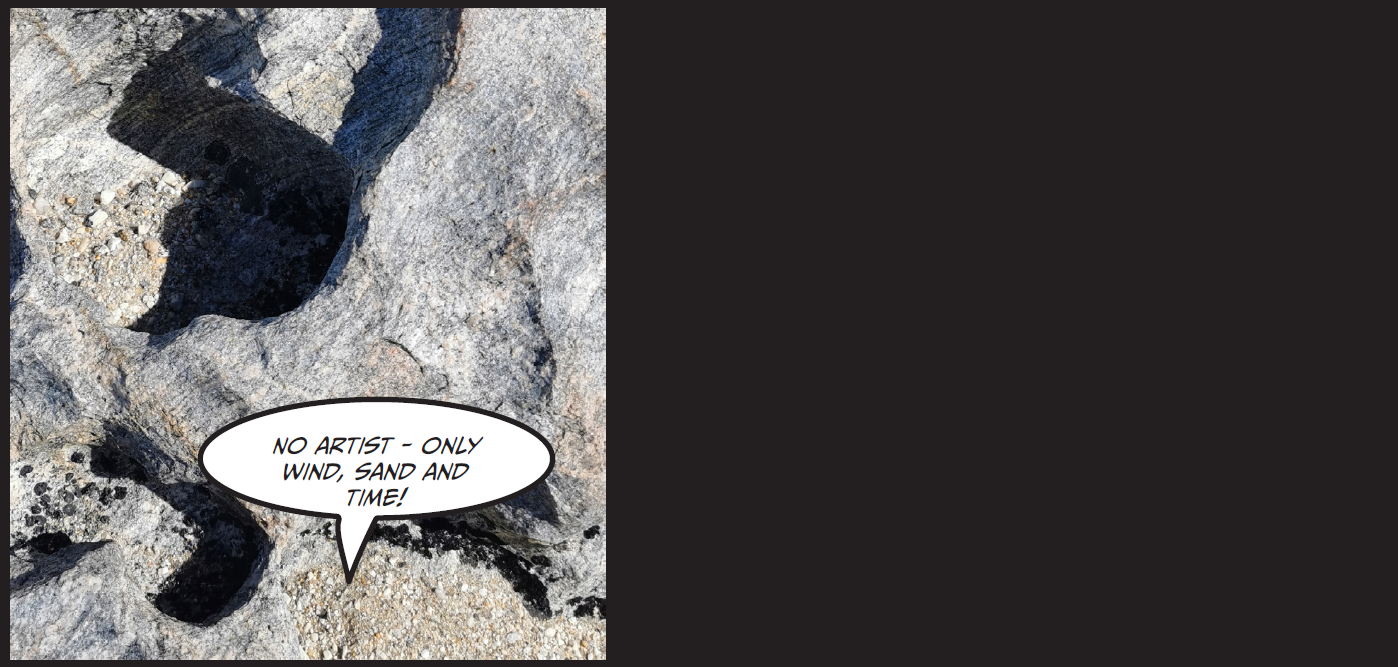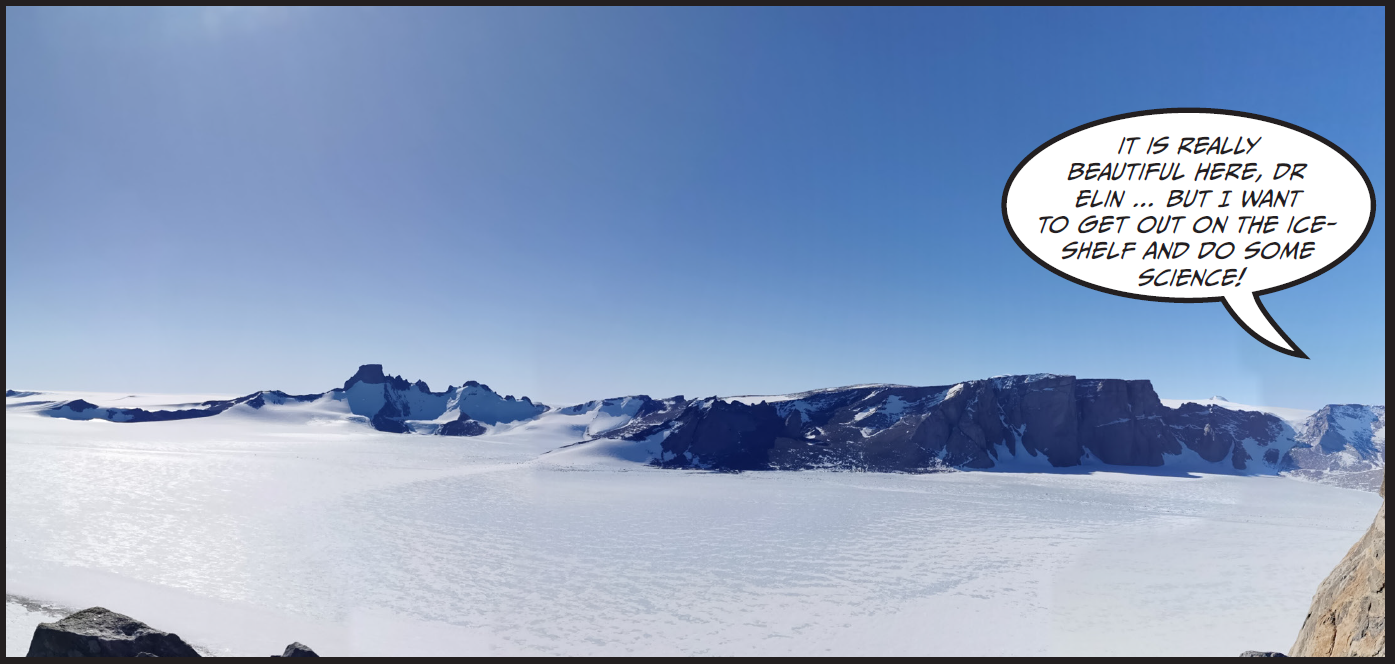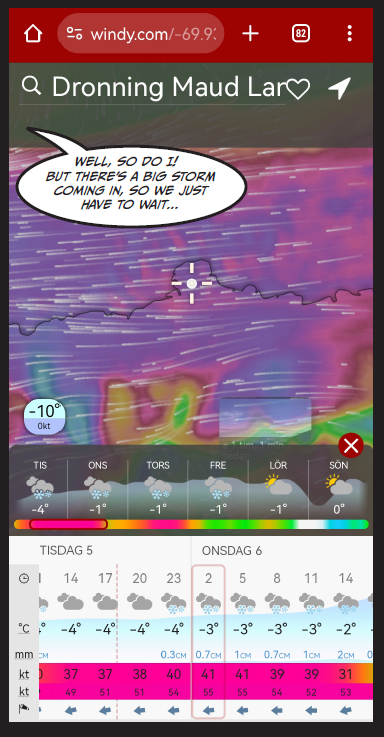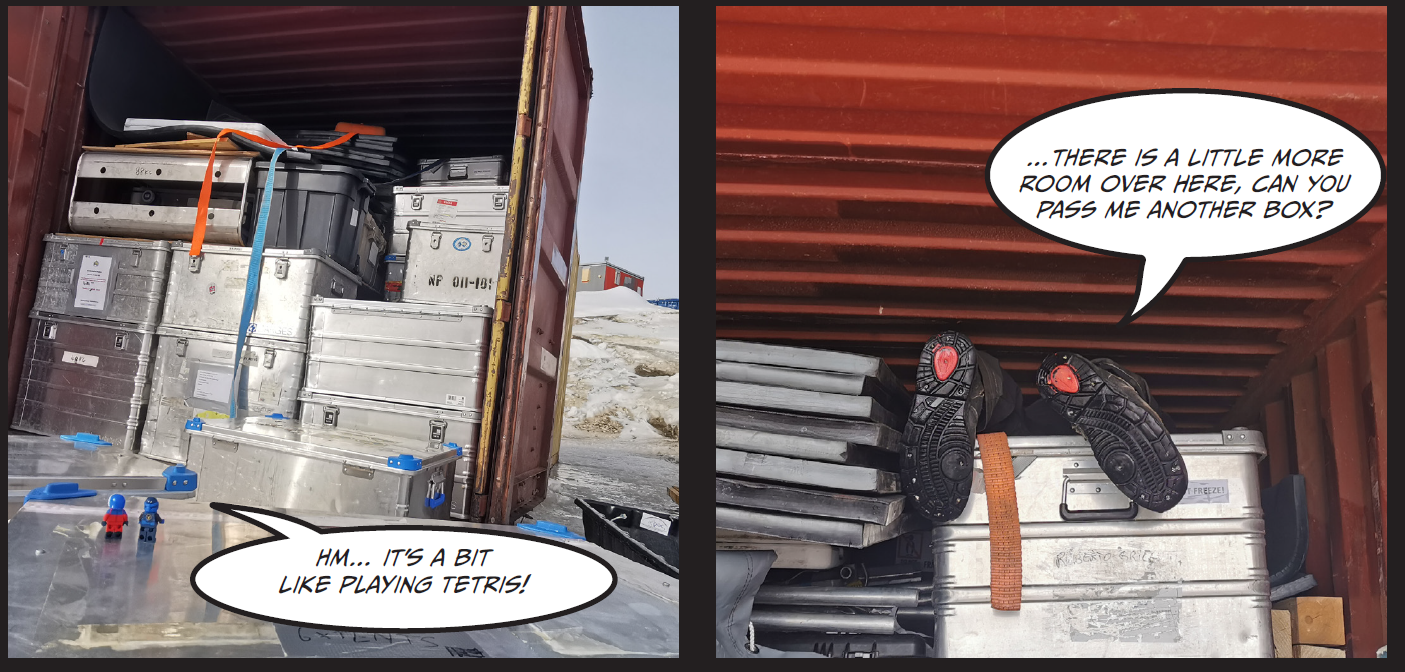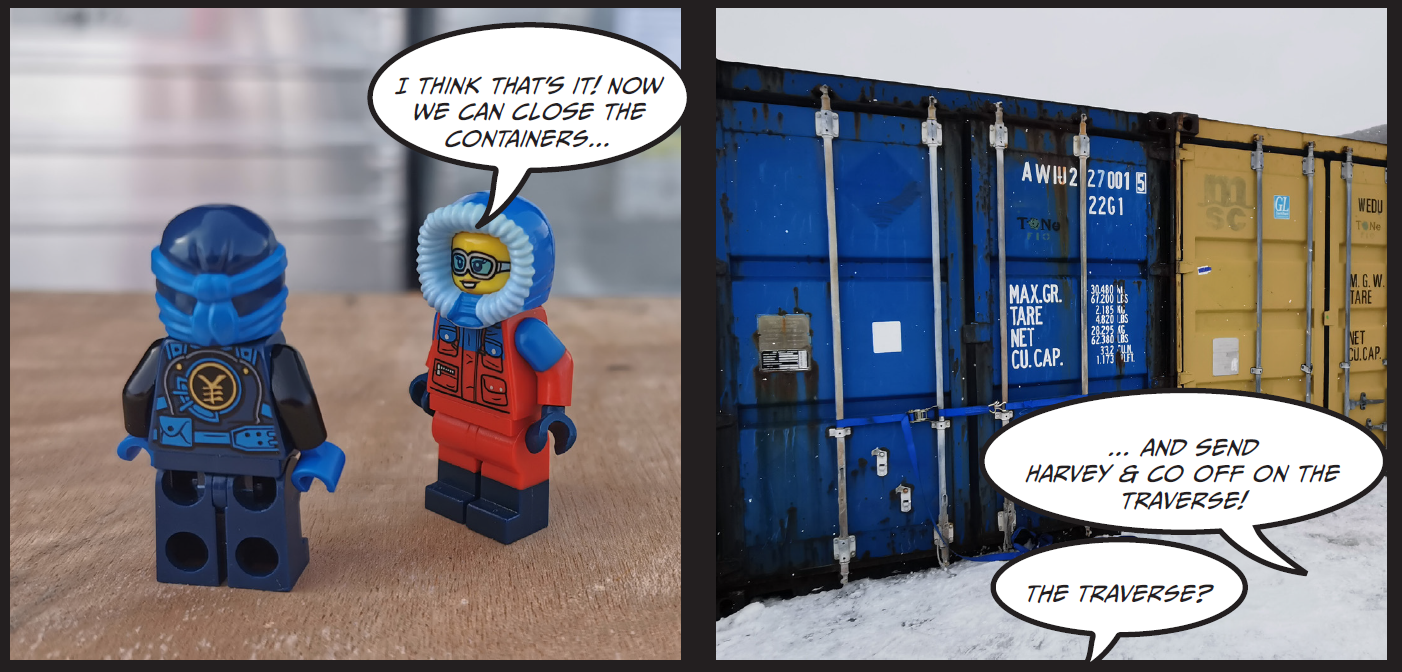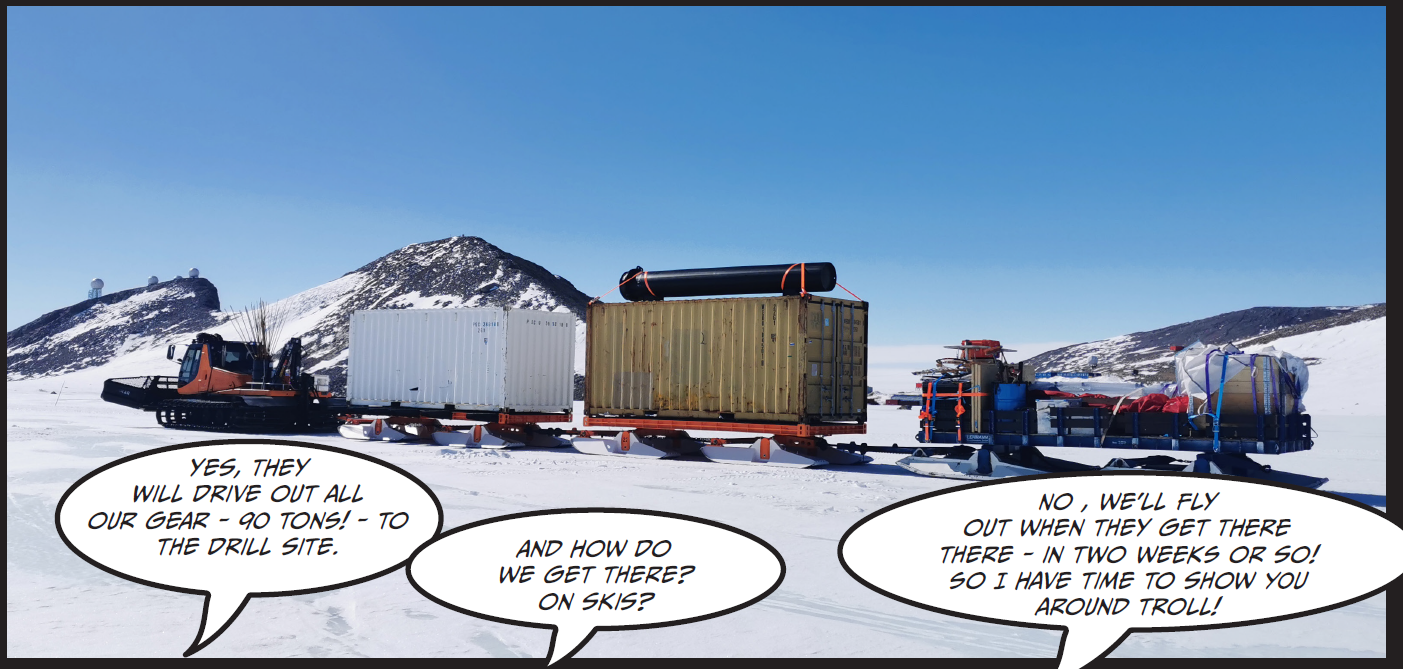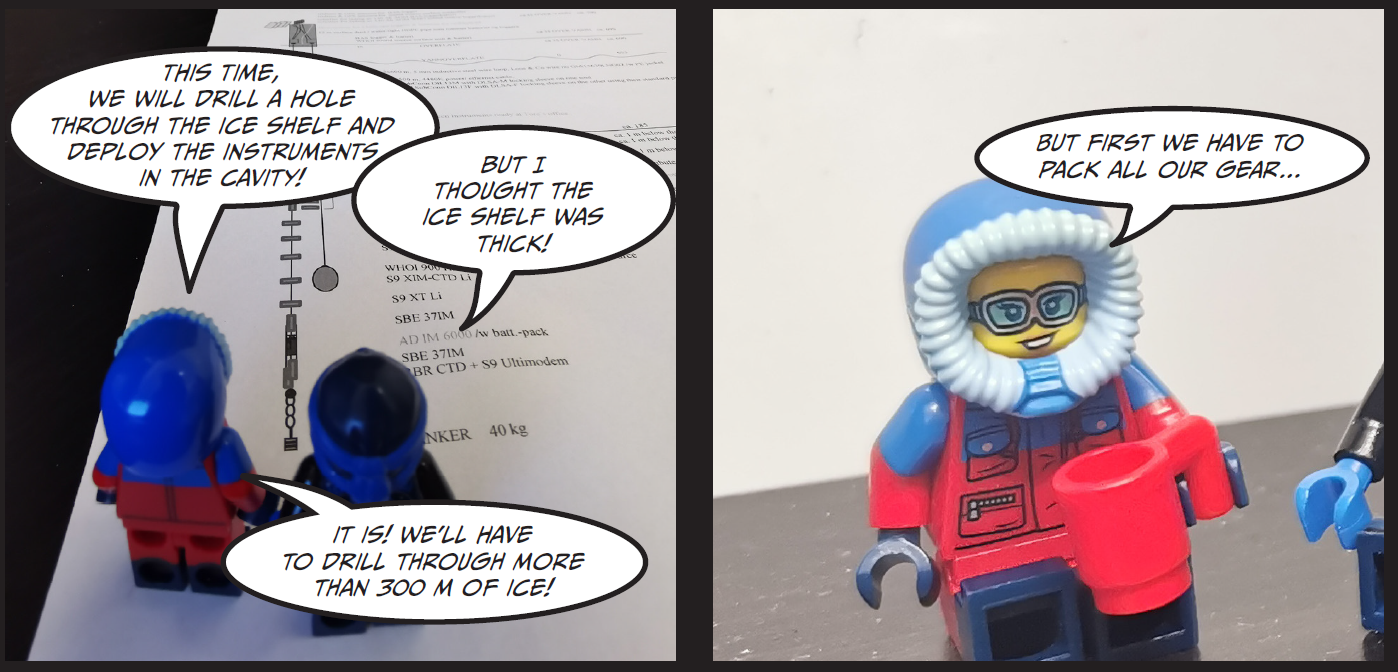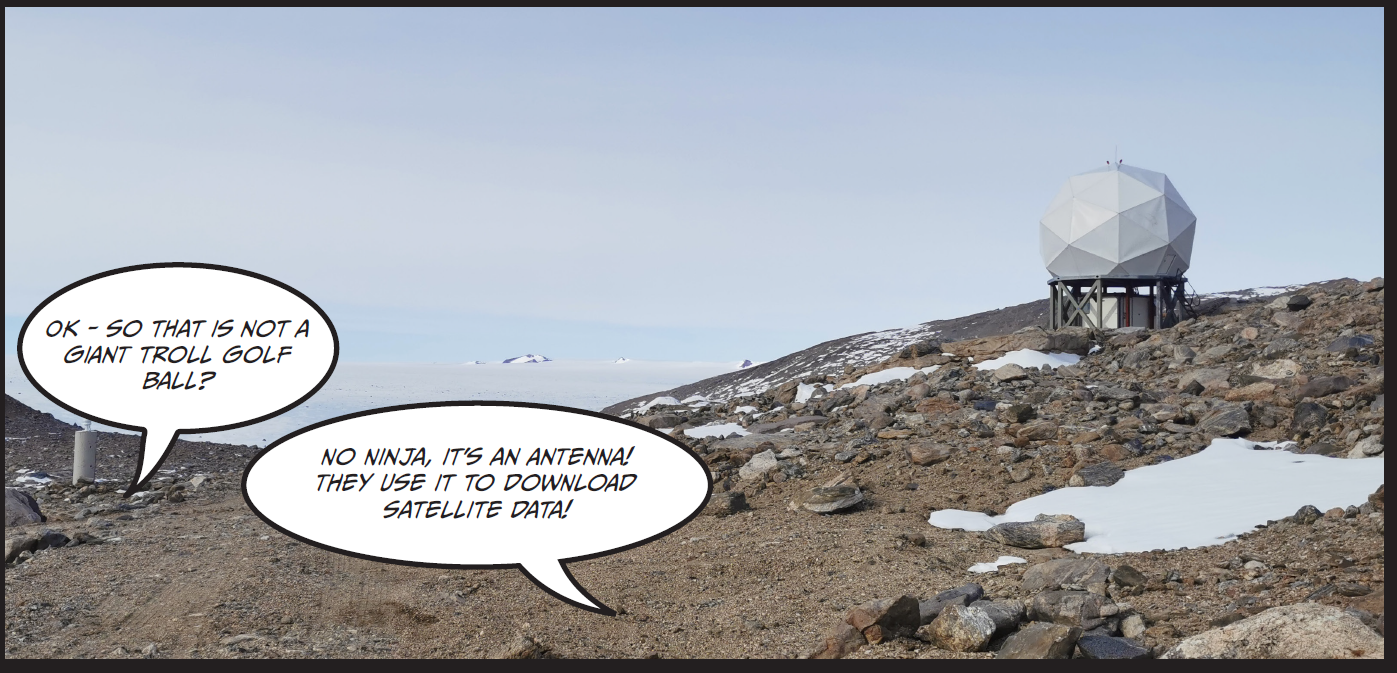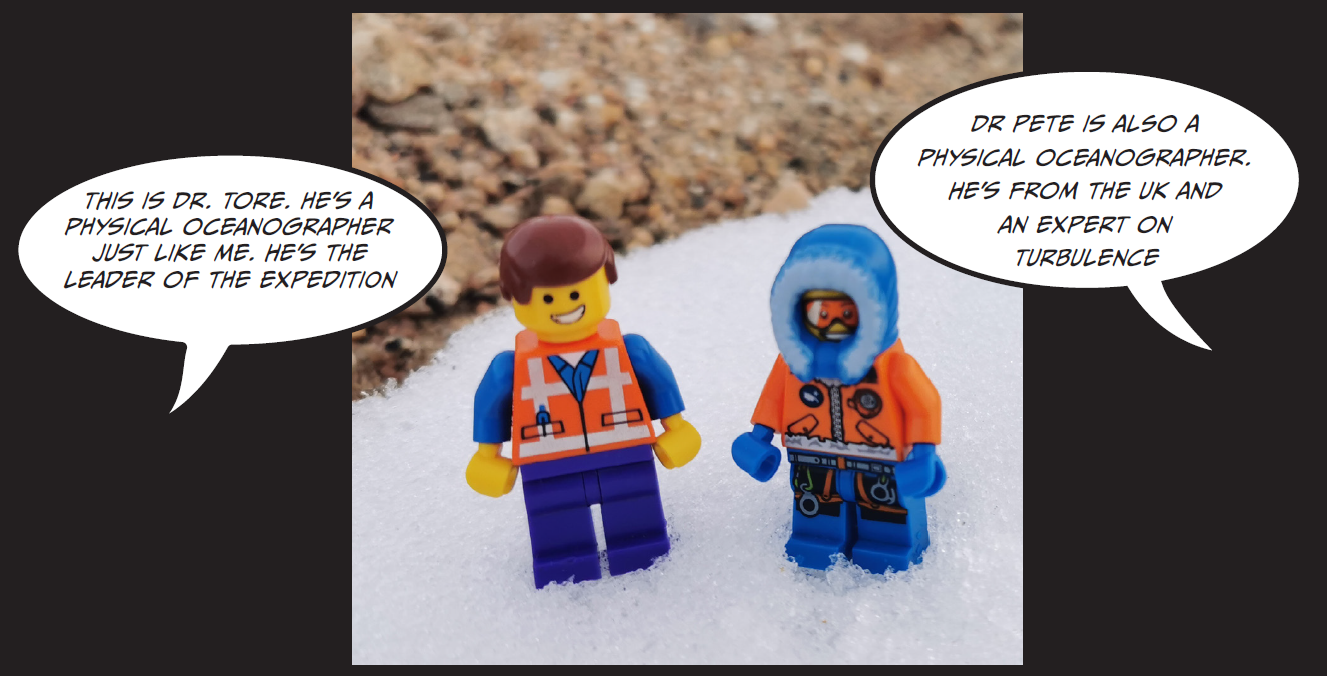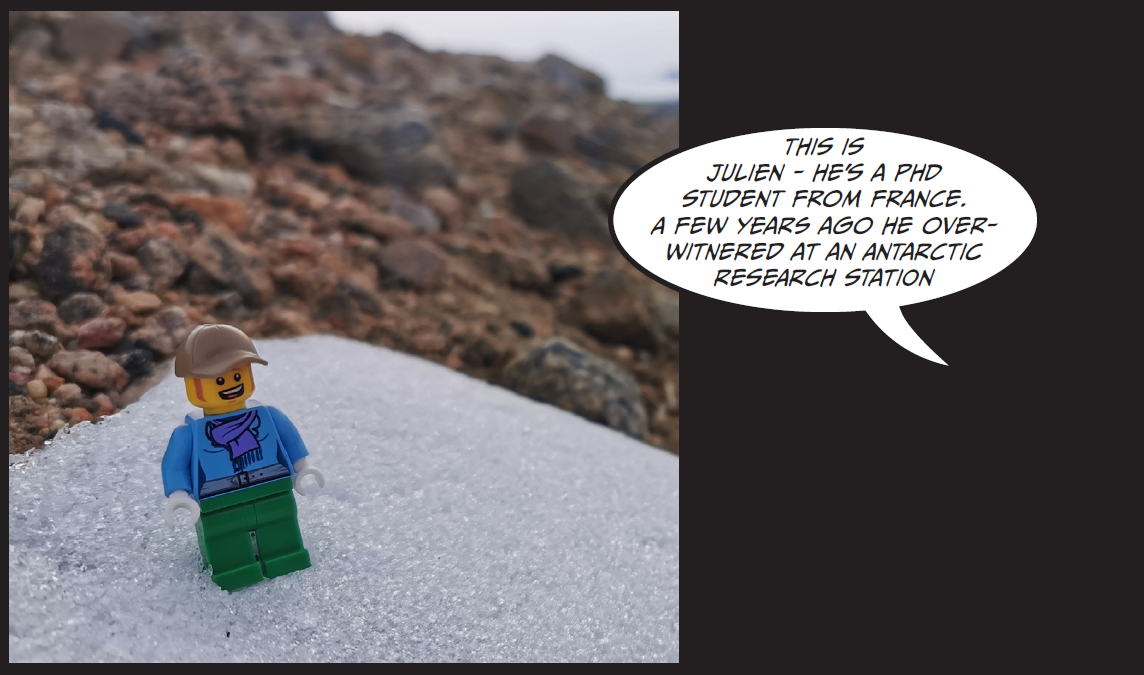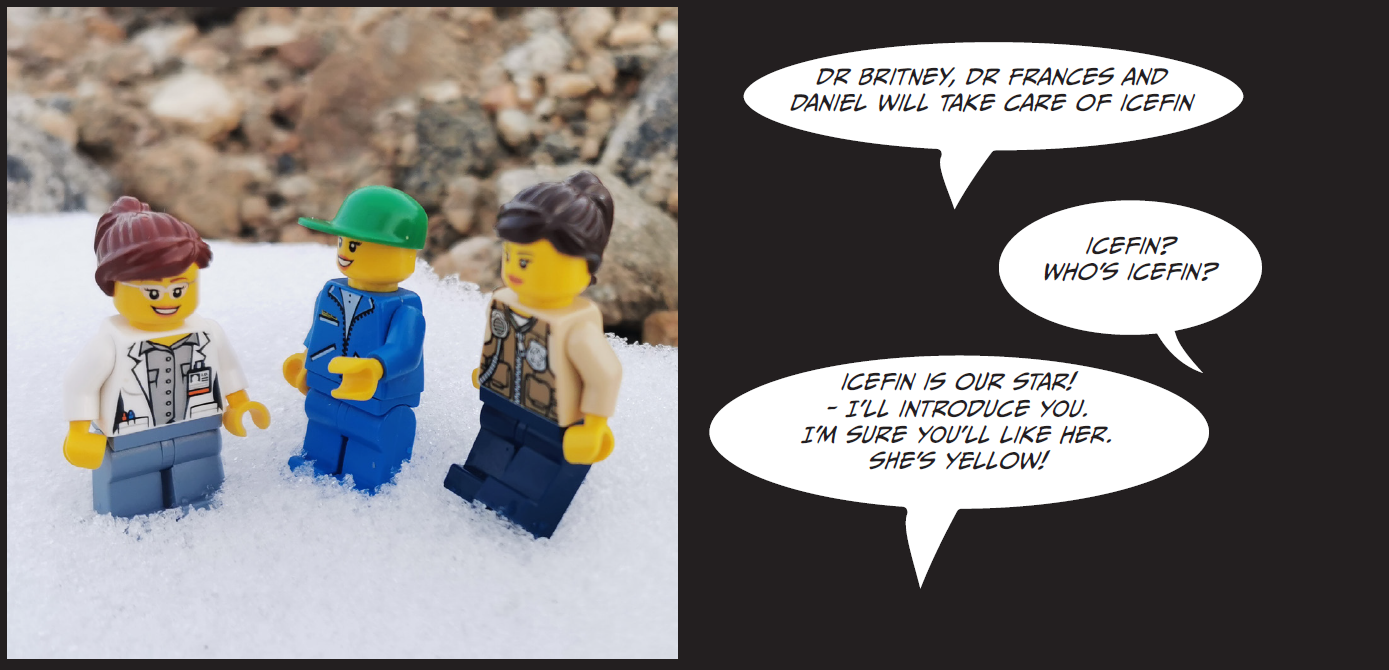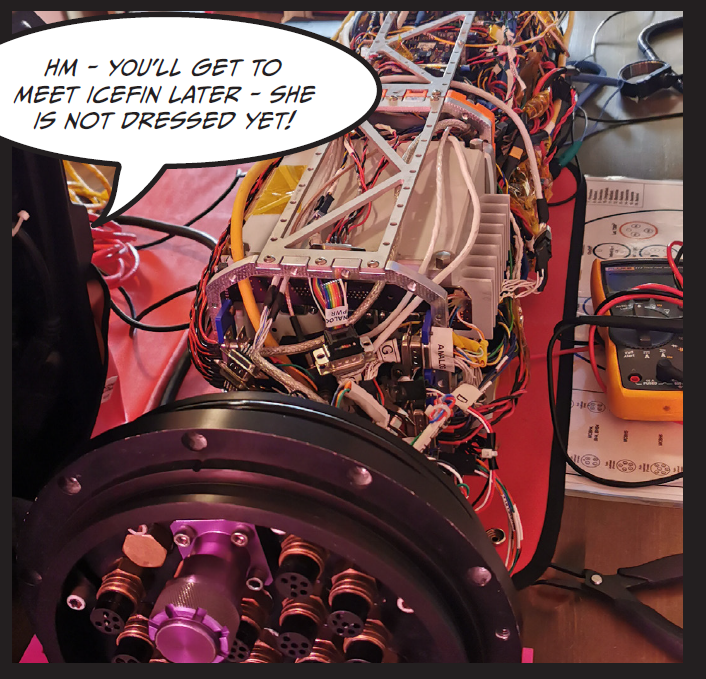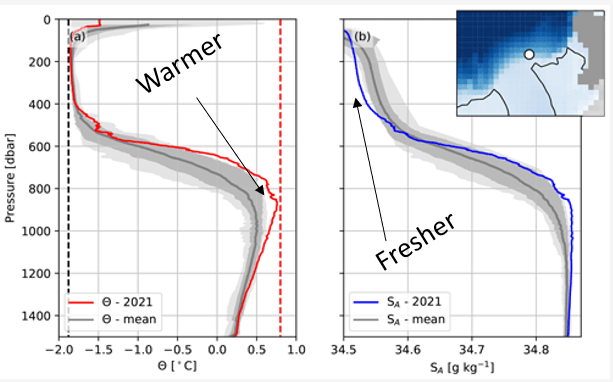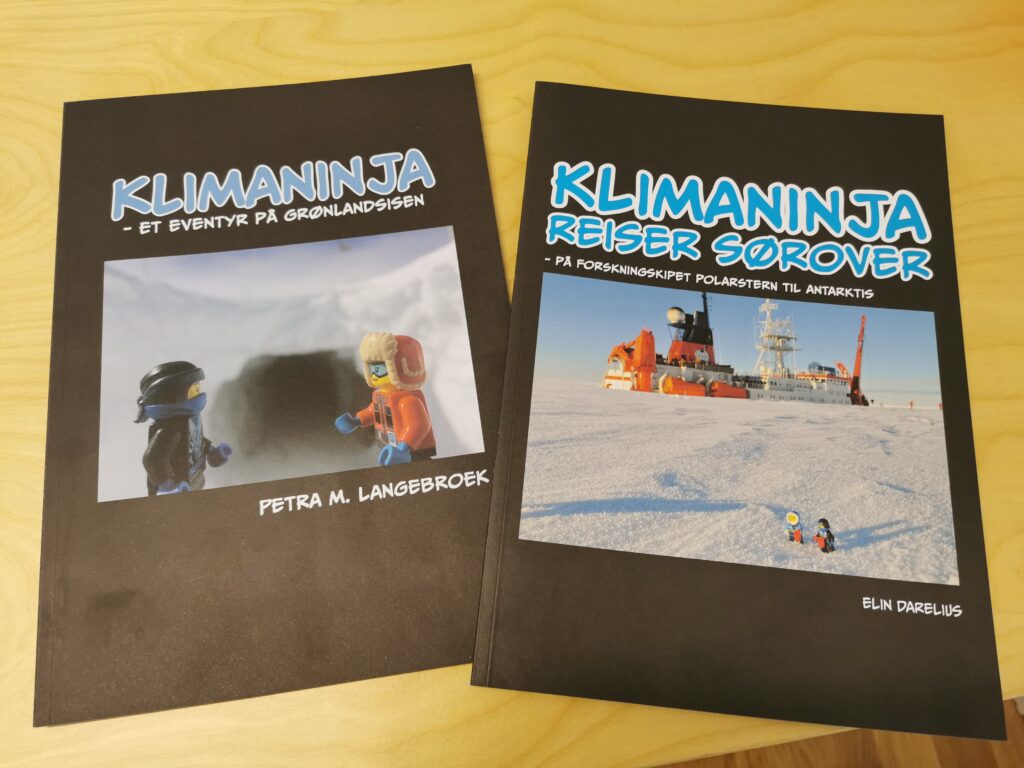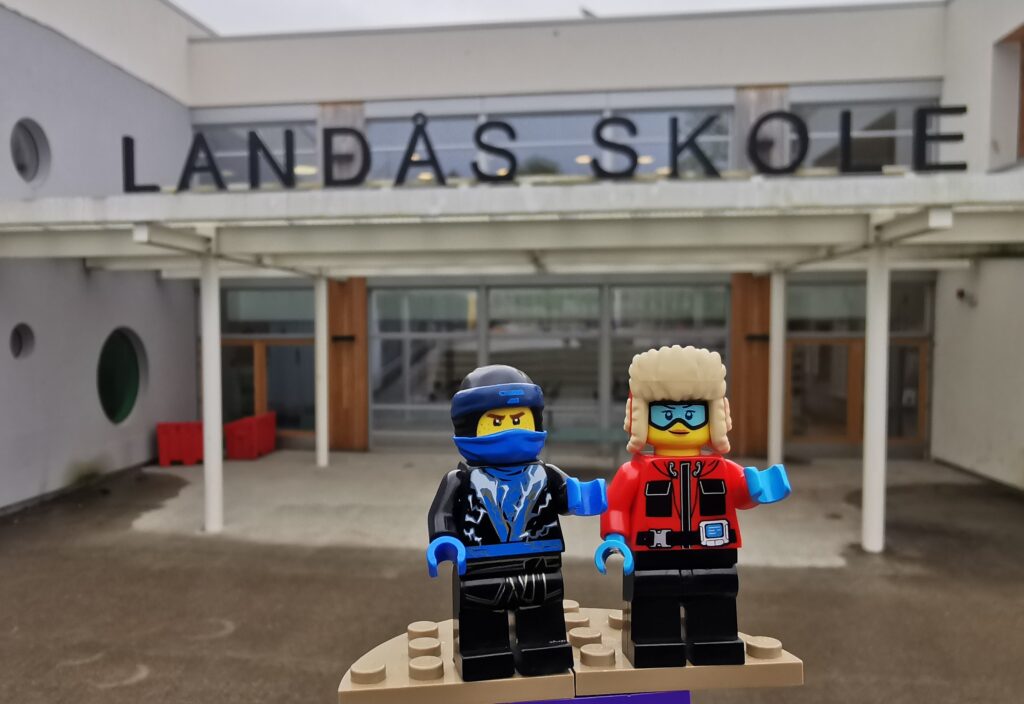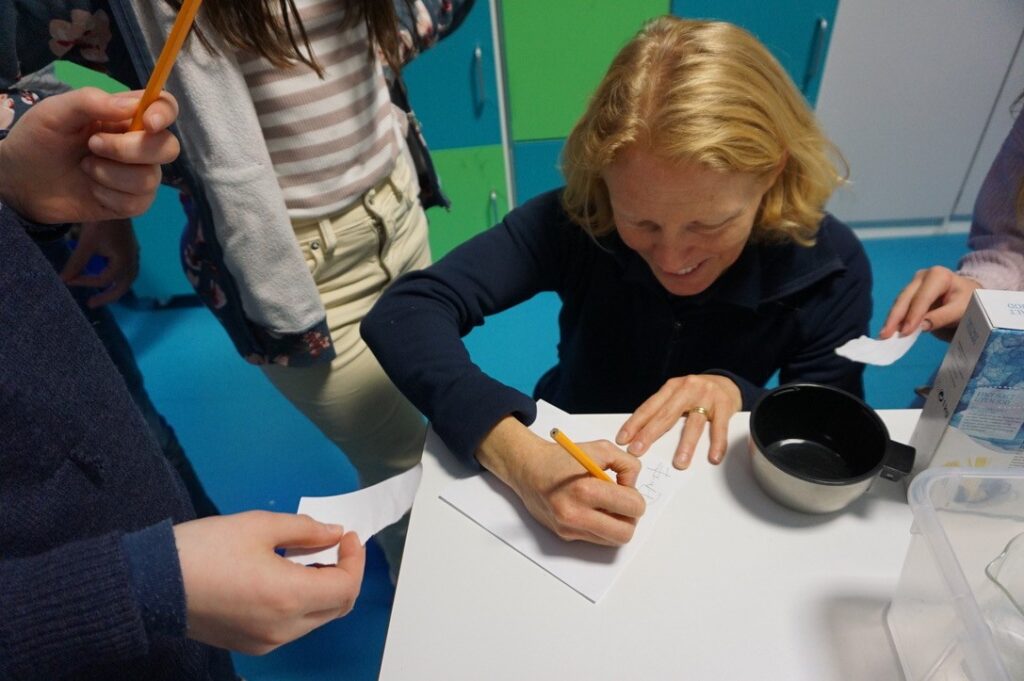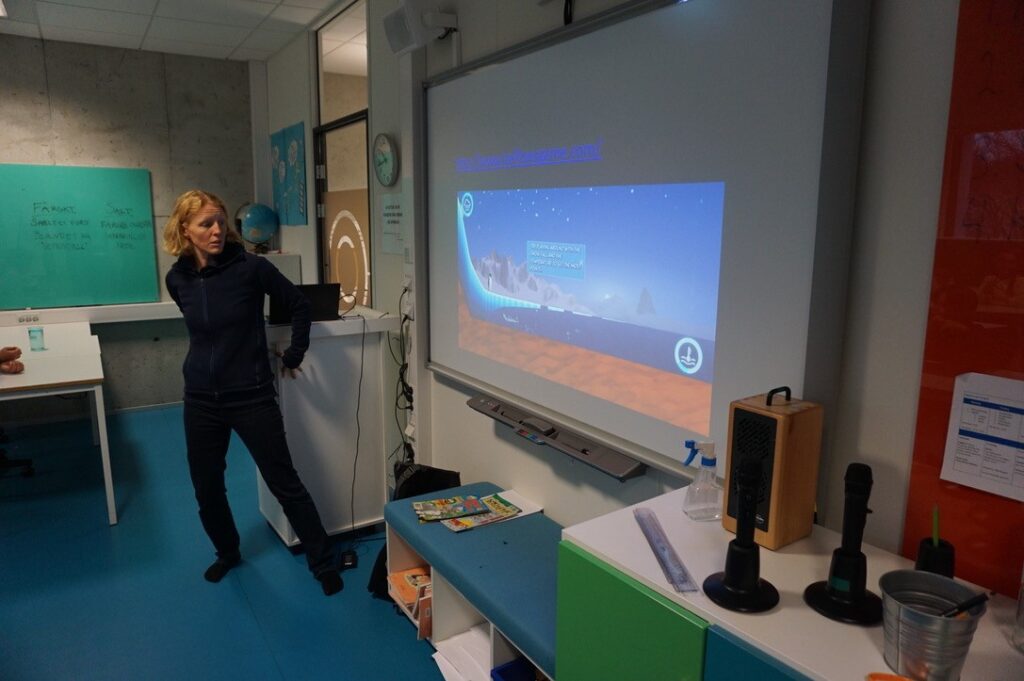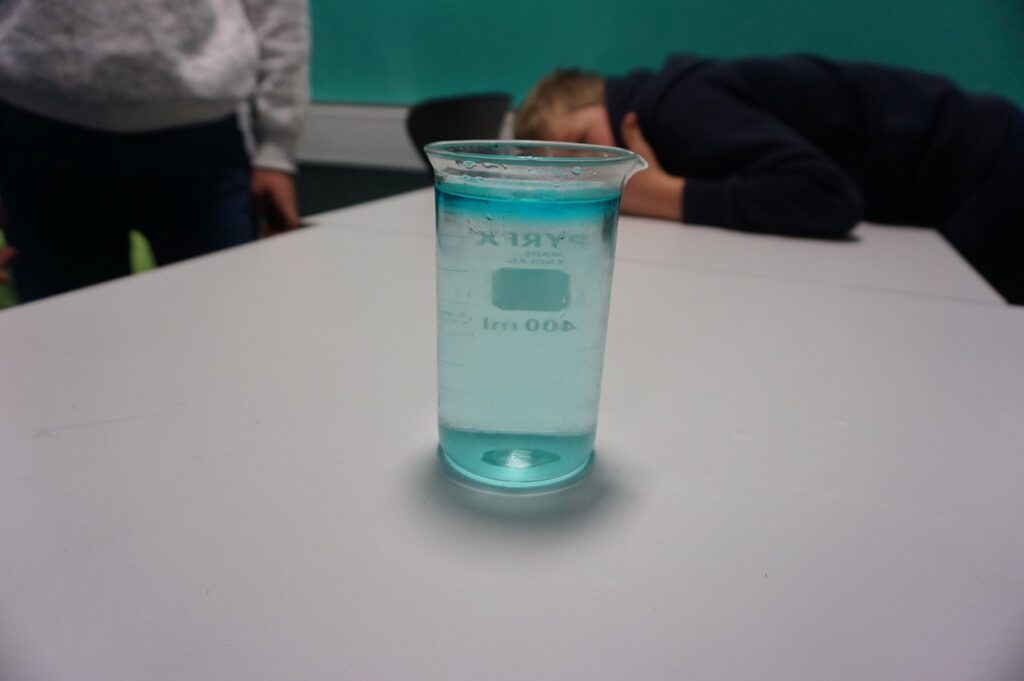The temperature has been rising slowly since I arrived at the conference hall; there are too many people and too little oxygen. Trying the get through the crowd and back to my poster on the effects of climate change on Norwegian sill fjords, I can’t help but think of all the dead crabs I saw in one of the presentations this morning. In an attempt to escape the anoxic waters at the bottom, they were concentrating on the highest point of the coral reef, climbing desperately on top of each other to get into oxygenated water, to breathe – but as the deadly water expanded, there where nowhere to go, no higher ground to climb to.
There is so much knowledge gathered in Bergen this week: PhDs, Post Docs, and Professors; experts on every aspect of the ocean and those living there. Ecosystem modeling, fish behavior, ocean acidification, primary production, sustainable management – the program is full of new science, new insights, and conclusions. Yet I’m wondering if they – if we – are able to fully grasp the consequences of the results presented. Because if we did, would we then be standing here, calmly sipping our wine or a cold beer, talking about project proposals, fieldwork plans, and old colleagues? If we did understand, would we not be out on the streets screaming, calling for attention, for help?
